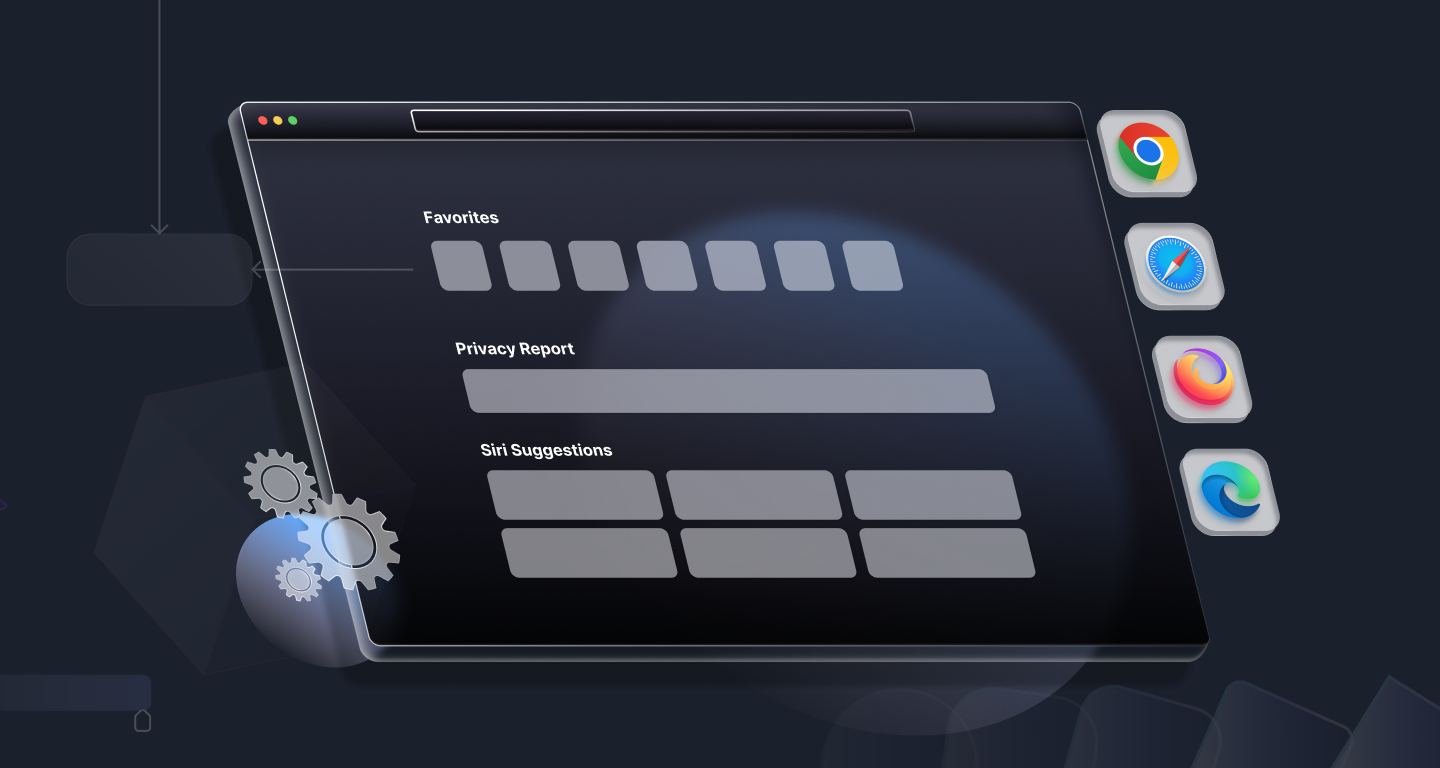What is Browser Automation?

In today’s digital world, developers, marketers, and more can automate browser actions to boost productivity and efficiency. These methods save time and lower the chance of human mistakes in repetitive tasks. This article will be a comprehensive introduction to the exciting world of browser automation!
We will start with an overview of browser automation, showing why it matters and where it applies. Then, we will discuss several tools and technologies for automating tasks. Last but not least, we will examine future trends in browser automation that could change how we use the web. You are in the right spot if you want to harness the power of automating your browser actions!
Overview of Browser Automation
Browser automation is using software tools for tasks in web browsers with no manual intervention. It is best used to streamlines repetitive processes and boosts productivity.
Use cases for automating browser actions range from web scraping to data entry. Many companies and teams employ browser automation for extracting large datasets efficiently, analyzing competitor prices, market trends, or customer opinions thereafter. Automated form filling also saves time in data submission, registrations and surveys, letting user interactions happen with no manual input.
Automation of browser actions lets teams focus on meaningful tasks instead of mundane ones. Automation cuts human error, removing inaccuracies from manual data entry. Not only does browser automation boost data accuray, it also fosters quicker turnaround times by working nonstop, executing on tasks 24/7.
In summary, browser automation enhances workflow efficiency, reduces errors, and manages online tasks easily. Understanding browser automation fundamentals aids in exploring tools and technologies for implementing automated processes well.
Understanding Browser Automation Tools and Technologies
You will need to understand the different tools and technologies out there to automate browser actions efficiently, here’s the three big categories of browser automation technologies.
- Browser Automation Frameworks
There are various frameworks for automating browser actions, such as Selenium, Puppeteer, Cypress, and Playwright, etc. They support languages like Python, C#, and Java, making it flexible for developers. Developers can write automation scripts to mimic human behavior in browsing and automate entire workflows.
- No-code Browser Automation
No-code automation tools such as Axiom AI serve users without programming abilities. These tools use simple drag-and-drop methods to create browser workflows. Users can specify actions without coding, making browser automation accessible. This opens up browsing automation to a wider audience.
- AI Browser Automation
Traditional browser automation methods relies on static HTML element selectors to navigate through a web page, which doesn’t work well when most modern website contains dynamic content. AI-driven browser automation tools such as Skyvern leverage artificial intelligence and computer vision to understand website elements, making it possible perform actions on dynamic website layouts.
In order to pick from the technologies above, you will need to carefully consider your specific workflow needs and the team’s technical skills. Grasping the details of these technologies helps in setting up the most effective automated browser workflows for your use case.
Practical Applications of Browser Automation
Automate browser actions helps improve productivity in many sectors. We list out a few of the common use cases of browser automation to provide just a glimpse of the benefits automating browser actions can bring to your workflow.
- Form Submissions
A common area for automating browser actions is form submissions. Developers can build automated workflows that fill and submit forms fast. This greatly helps in bulk submission cases. For example, an e-commerce platform may require loading large datasets for product listings, which saves hours of work.
- Scraping
Another key area is web scraping through browser automation. Automated browser actions can quickly extract data from multiple sites, making it ideal for market research. Companies can gather competitive prices, product reviews, and similar insights without inputting data manually. Proper tools allow companies to scrape info from several pages at once, which speeds up data collection process.
- Monitoring
Web monitoring also fits into automate browser actions. Businesses apply automation for constant monitoring of online tasks, like checking product availability and tracking site performance. This approach identifies issues quickly, allowing for effective responses without hours of manual oversight.
- Reporting
Automation in data extraction and reporting also plays a role in better decision making. Automating data collection and reporting from web platforms lets firms collect insights from data much faster than before. Automated scripts will usually gather data from analytics, make reports, and send them to various teams, keeping everyone updated quickly.
As more companies utilize browser automation to gain the clear advantages in efficiency and to stay competitive, the evolution of technology will only drive the development of more advanced, intuitive, and adaptable browser automation methods.
Future Trends in Browser Automation
The browser automation landscape is evolving fast, mainly focusing on making this technology more accessible to the non-technical users and adapting to AI driven workflows.
No-code and low-code platforms will continue to grow, empowering non-technical users to create sophisticated browser automation workflows. These platforms will further simplify the effort to create more advanced automations containing capabilities like conditional logic, dynamic interaction handling, and multi-step workflows.
Cloud automation tools will gain more and more popularity, allowing users to execute browser automation tasks remotely without requiring local infrastructure. This trend will enable better collaboration and scalability for businesses.
Future automation tools will increasingly integrate with APIs and SaaS platforms, enabling seamless interaction with other existing software and workflows, further enhancing their utility in increasingly complex business environments.
AI-driven browser automation will enable users to describe tasks conversationally, making automation even more accessible. As AI browser agents become smarter, they will become better at more complex workflows by adapting to more changes in web elements and better predicting user intentions.
In conclusion, the future of browser automation looks bright. By keeping up with these trends, anyone would be able to use these more advanced automation tools in their areas.
Conclusion
In this blog post, we highlighted the benefits of automating browser actions and its diverse range of applications. With this knowledge, you should take the opportunity to experiment with different automation tools. You need to pick the ones that align best with your needs and deliver the greatest value, which lets you to prioritize your time on more important responsibilities.
As you start on your browser automation journey, stay proactive and informed about the emerging technology trends. Adapt to change and experience the transformative power of an automated browser workflow!
About Skyvern
Skyvern is a cutting-edge open source AI-driven platform that automates browser-based workflows using large language models and computer vision, seamlessly adapting to various websites.
By simplifying complex web interactions and reducing the fragility associated with traditional automation methods, Skyvern enhances efficiency and reliability in automated tasks. Explore the power of Skyvern and transform your automation experience today!

